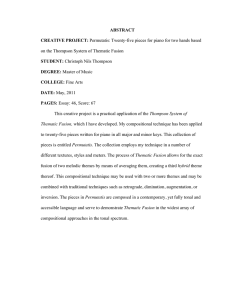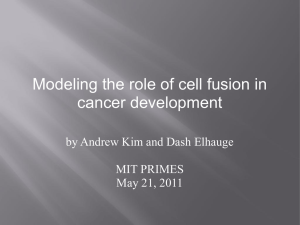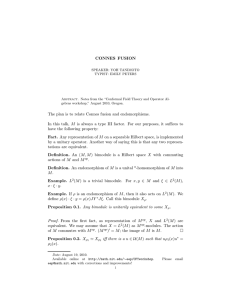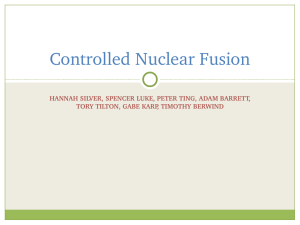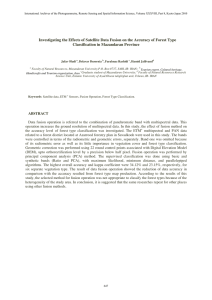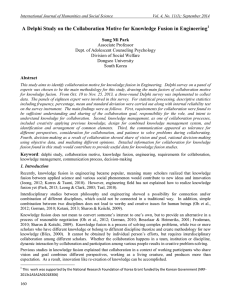Affinity Chromatography using fusion proteins
advertisement
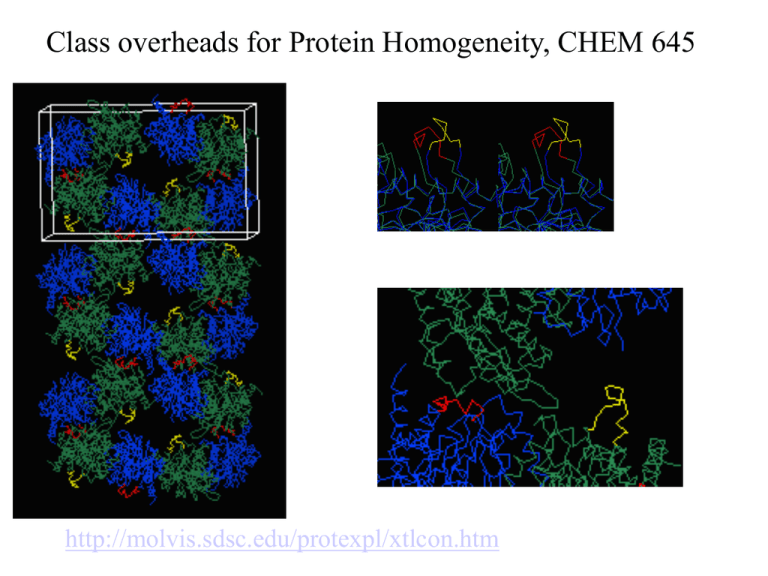
Class overheads for Protein Homogeneity, CHEM 645 http://molvis.sdsc.edu/protexpl/xtlcon.htm Overview of Prokaryotic Expression Strong promoter – Plac Ribosome binding – Shine-Dalgarno sequence ~ 7 b.p. before start codon: AUG Multicloning site to put your gene in with correct frame and direction. Class overheads for Protein Homogeneity, CHEM 645 Affinity Chromatography using fusion proteins Construct a fusion of affinity tag with your protein Add a protease cleavage site (thrombin) Express fusion protein Purify by affinity chromatography Cleave tag Examples: His-tag, GST fusion, maltose binding protein fusion Gel Filtration (or size exclusion) Chromatography Ion Exchange Chromatography Protein’s isoelectric point Blue – pos. Red – neg. Yellow - polar http://binfo.ym.edu.tw/bioflash/emboss/iep/iep.htm SDS PAGE SDS-sodium docecylsulfate Denaturing conditions Boil 100 ºC DTT, b-mercaptoethanol Cys-S-S-Cys Cys-SH Elution rate to log MW MWM crude fusion cleaved protein of interest Don’t ever be too sure that its pure enough! Plasma Platelet Activating Factor Acetylhydrolase gels from Bahnson lab 2D PAGE IEF followed by SDS PAGE Homogeneity / Heterogeneity A. Post translational modification – examples: phosphorylation, glycosylation, myristoylation B. Chemical modifications – cysteine oxidation, Asn/Gln hydrolysis C. Aggregation, unfolding D. Order / disorder E. Alternate Conformations – malate dehydrogenase loop Next class • Protein crystallization methods • Field trip to Bahnson lab to grow crystals






